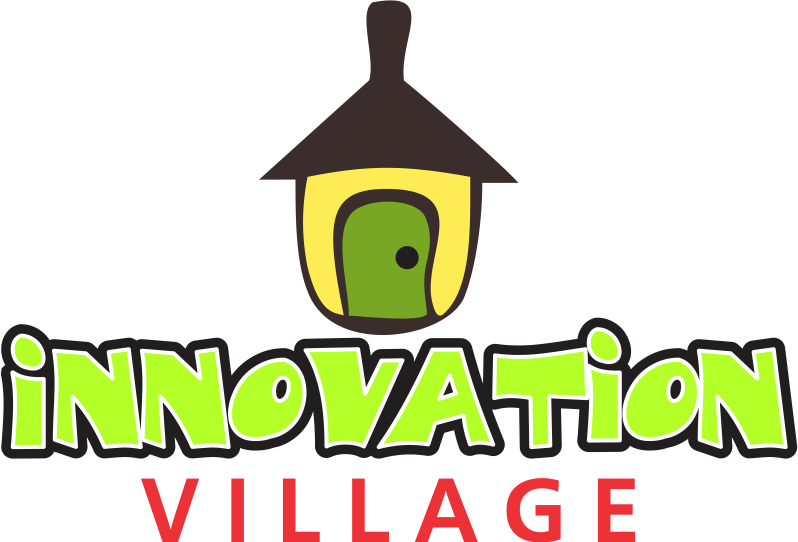Zimbabwe is forging ahead with its plans to make a name for itself in the space exploration arena. The nation is set to launch three additional satellites into space, marking a significant expansion of its presence in space. Among these is the ZimSat-2, an Earth Observation satellite that is already in an advanced stage of development and is scheduled for launching in late 2024.
On the other hand, the remaining two satellites are in the early stages of development, having already received authorization from the Zimbabwean government to push ahead with the project. This move to advance Zimbabwe’s space presence comes off the back of a successful mission in November 2022 where it launched its first Earth Observation CubeSat, ZimSat-1, into space.
Mthuli Ncube, Zimbabwe’s Minister for Finance and Economic Development, disclosed that the country is once again partnering with Japan on this project as it did on the previous one. Under this collaboration, Japan will be responsible for training graduates who will lay the foundation for Zimbabwe’s future ability to manufacture its own satellites.
Ncube further revealed plans to launch even more satellites over and above the current three that are planned, indicating more future projects to strengthen Zimbabwe’s presence in space.
Separately, the Coordinator of the Zimbabwe National Geospatial and Space Agency (ZINSGA), Painos Gweme, corroborated this ambitious venture. In his statement, Gweme revealed that the agency is closely working with several partners to facilitate the design, manufacture, assembly, testing, and launching of satellites. This move is in line with Zimbabwe’s national space strategy aimed at bolstering the country’s presence in space exploration. All these strides suggest a determined effort by Zimbabwe to claim a spot in the realm of space technology.
Moreover, Gweme expects to release an update on the progress of the ZimSat-2 by June 2024. He reiterated Zimbabwe’s ambitious long-term objective of attaining the capability to manufacture space satellites locally, reflecting the country’s robust and long-term vision in the space technology field.
The collaboration with Japan will deliver comprehensive training, including the setup of ground stations, managing uplink and downlink data, and monitoring and controlling satellites throughout their entire lifespan in orbit. The training will also impart crucial skills required in satellite design, production, testing, and launching.
Gweme emphasized that these Earth Observation Satellites play a vital role in providing scientific data that reflects Zimbabwe’s present situation. Basically, they are designed to collect valuable data necessary for informing the country’s scientific, environmental, and developmental policies.
The ZimSat-1 satellite – an educational Earth Observation CubeSat – was a major milestone for Zimbabwe. This satellite was designed with the unique ability to perform several important functions including mapping land use and land cover, as well as monitoring water quality from its orbit. The data gathered is then transmitted back to the command centre at the Mazowe ground station. Since its launch, ZimSat-1 has become an indispensable tool in mapping initiatives related to agriculture and mining in Zimbabwe.
In comparison, the upcoming ZimSat-2 is also categorized as an Earth Observation satellite, but it promises a significant upgrade from its predecessor. While the specific enhancements and capabilities of ZimSat-2 are not disclosed yet, it is poised to deliver more advanced features, thus raising Zimbabwe’s profile within the realm of space technology.


